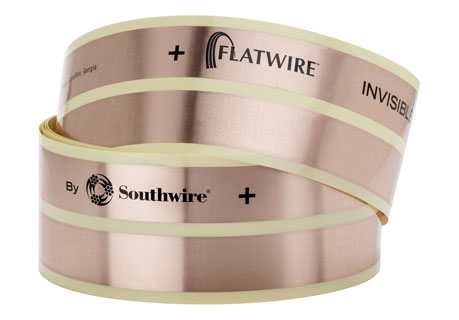I live in a condo with popcorn (a.k.a California) ceilings. Next week I'm having them scraped, spackled, and painted smooth. I also want to hang a ceiling light fixture (the dining area desperately needs more light). Since I'm having the ceiling done, I thought I might ask the contractor to run a wire as well. What is the best way to go about it?
Here is the picture I have in mind:
Cut a shallow groove in the ceiling to the nearest wall with electrical box nearby. Snake a wire from electrical box to the ceiling, then lay wire in the groove and spackle it over. Install the fixture (I have not decided on exact type yet, probably something hanging like a chandalier) with concrete bolts. The spot where the wire comes out of the ceiling would be concealed by the fixture.
Does this make sense? Is there a better way to do it?




